Sunrise, sunset, and a dugger boy in between.


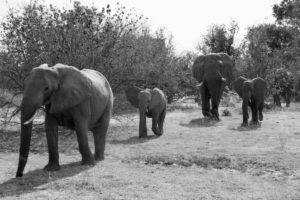
Stealthy elephants. Note elephant number five cleverly disguised as a tree. Moremi National Park, Botswana
Our lives are full of noise. Endless beeps, twitters, and rings. Traffic, jets, refrigerators, air conditioners. Ubiquitous cell phones, microwaves, TVs, and tablets. Each pinging, humming, and demanding attention. Gratuitous noise, the tv or radio turned on and then ignored, or worse, talked over loudly, has long been a pet peeve. Car keys left in the ignition, leaf blowers (^%*^%$$ leaf blowers), car alarms (see leaf blowers), and every cell phone/ATM/POS card reader with keyboards that indicate, by sound, every letter entered.
Every.letter.entered.
For some, like me, it’s exhausting. Our brains process all that noise, whether we actively recognize and acknowledge it or not. We filter out the sounds that are unimportant, we acknowledge those that have an impact on us, we scan for those we are expecting, and more importantly, for those that threaten us. This is the natural process of evolution. Hearing allows us to tune into the world, to alert us to danger and opportunity, alike. Modern humans have piled on so many extra layers of noise that we barely hear what is necessary anymore.
Enter, the elephants. Elephants are bigger than your imagination can conjure. They eat plants, roots, branches, leaves, and stems. Their dexterity, for not having an opposable thumb, is remarkable, but still, tearing limbs off of trees and roots out of the ground is not a quiet pursuit. Elephants, like humans, leave an impressive imprint wherever they go. And yet, if they were not pulling branches from a tree, you might not know they were there.
They are silent. They walk without noise. They move through thick brush and low trees silently. An entire herd of elephants can sneak up on you. They materialize out of the shrubs one by one as if they are vapor suddenly swirling together to create a house-sized, gray phantom. And then they swirl away again back into the trees, one by one out of sight.
Scanning either side of a road, while politely waiting as an elephant crosses, there are no more to be seen in the brush. Searching low for legs and trunks and high for ears and backs, there is nothing but brush. Before the first one is across, though, there is another, fresh out of the shrubs. You look again. Nope, definitely no more hiding in there. A big female with a calf comes strolling through; a couple of teenagers horsing around follow her. Now you’re sure that’s the last of them… What at first appears to be a lone animal turns into an entire family group taking shape out of the bush and dissolving back into it.
They rumble. You have to be close to hear the bass, almost cat-like purr, more felt deep in your chest than heard; it does not travel far. Elephants also use infrasound, below our audible hearing range, to communicate across long distances.
I wonder, is their world as noisy as ours?
Do they say, among themselves, “The impalas are sooooo loud!” Or, “I hope the hippos keep it down tonight.” “There go the hyenas again. They always go blaring off when someone walks by.”
Are there teenage elephant infrasound parties that keep the whole neighborhood awake? Do they make infrasound noise just because it brings them joy? Or do they remain silent in their elephant way, only rumbling and speaking when necessary? Is the baseline noise of the savannah exhausting enough that they choose silence?
In what is perhaps a romantic view, I see elephants as intelligent and humble, rumbling when content, and otherwise staying quiet simply because they are listening. Because adding their voices to the cacophony isn’t necessary, because there is more to learn from mostly remaining silent. I could learn a lot from elephants. Rumble more.
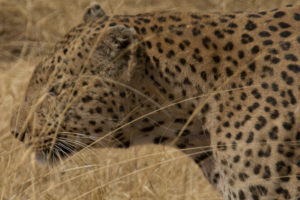
Grasses can’t hide intensity. Moremi National Park, Botswana
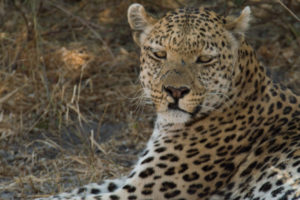
I am a cat. I have nothing but disdain for you. Moremi National Park, Botswana
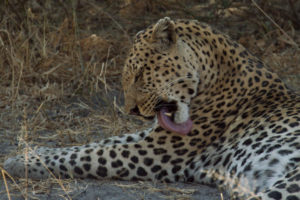
Personal grooming is important in maintaining superiority. Moremi National Park, Botswana
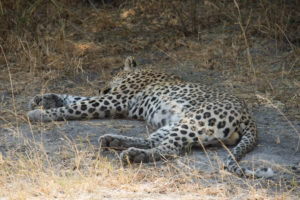
And now, I am ignoring you. Moremi National Park, Botswana

A different kind of snake in the grass. Okavango Delta, Botswana
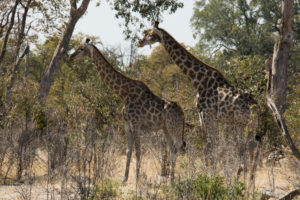
Come on, Baby. You knows I love you. Moremi National Park, Botswana

Kudu, who do? Moremi National Park, Botswana
This morning I watched a little girl in yellow gum-boots, a pink skirt, and bright green rain jacket joyfully hop into and through every puddle on the road. It rained all night; the puddles are epic. She was gleeful.
Stomp,stomp, stomp. Splash, splash, splash.
Her arms were waving all around and she wore a big smile. The especially perfect puddle, the biggest, splashiest puddle, she doubled back to, running up the road past her mom and several lesser puddles, to jump into it again.
As adults we see puddles as obstacles. One more thing to deal with, to work around, to manage. I resolve to see puddles, real and metaphorical, as things of joy. I still need to get through them but what fun can I have along the way?
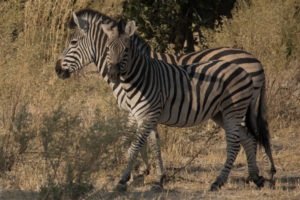
Stripey One and Stripey Two! Moremi National Park, Botswana
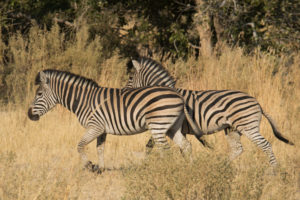
Stripes in motion. Moremi National Park, Botswana
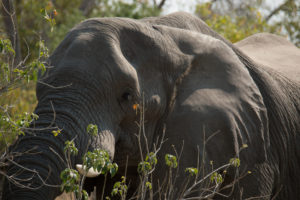
wrinkling her nose at us. Moremi National Park, Botswana
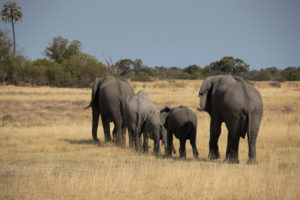
Elephant family moseying by. Moremi National Park, Botswana